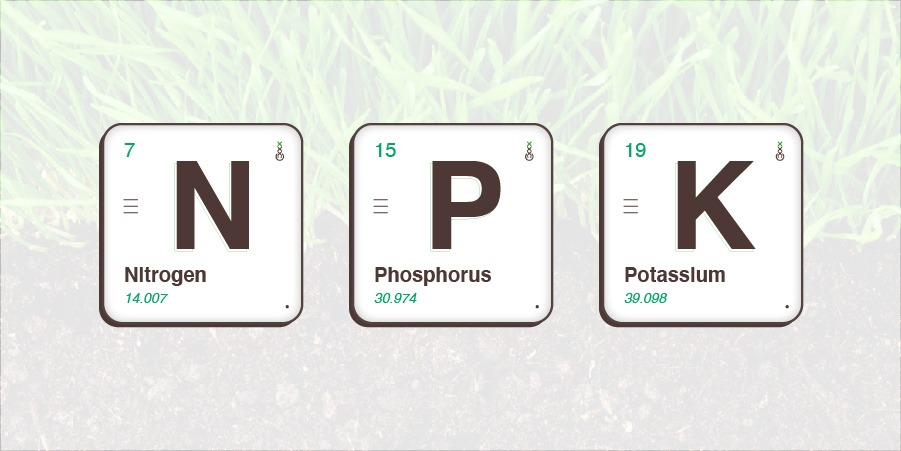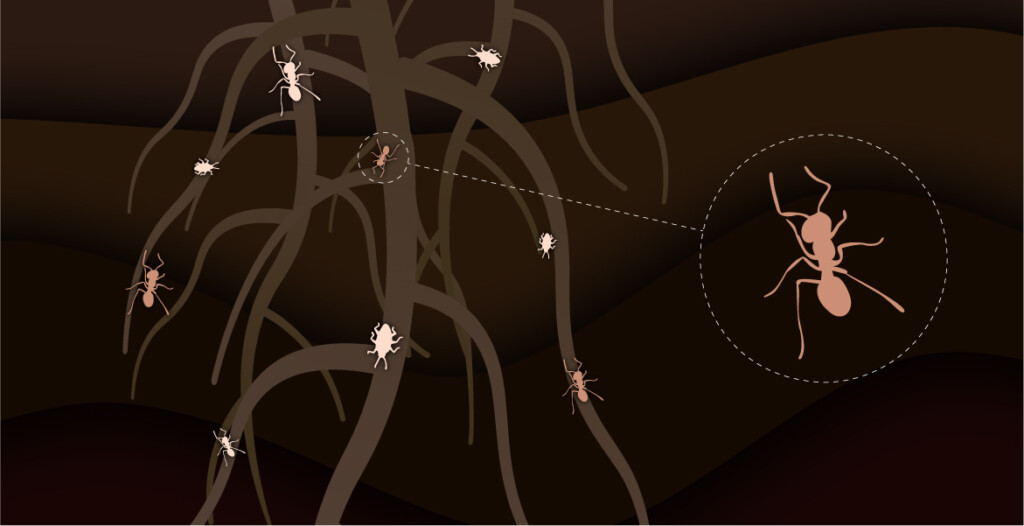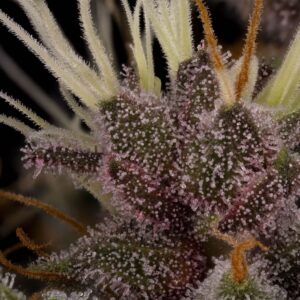Choosing the right cannabis pots for your weed plants can have a great impact on the yield. There are various types of pots and size also matters. Are you going for plastic, textile or air pots? Every different kind of pot has its own pros and cons. In this blog we will give you an overview of the 3 best pots for weed plants and we’ll tell you how you can make the best choice.
Finding The Best Cannabis Pots
When you want your weed plants to grow in pots, it’s important to realize that the pot itself has a big influence on the way your plants will develop. The root system is developing in the pot and the roots are simply the base of a healthy weed plant. Both plastic and textile cannabis pots, or special air pots, have their own pros and cons. Read more about the properties of these different kinds of cannabis pots below!
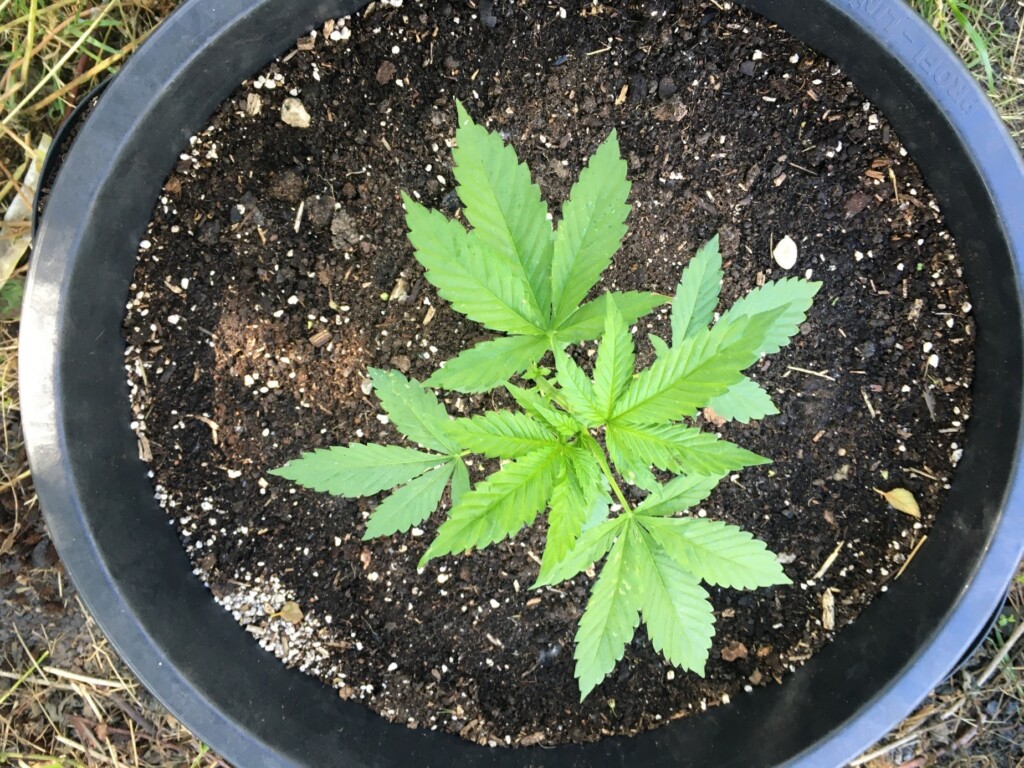
What All Cannabis Pots Should Offer
Even though a grower can choose various types of cannabis pots, every pot should meet some basic requirements. Essentially, every pot is a ‘container’ for your weed plant. The most important thing is that the soil (your carefully balanced soil mix or another growing medium) is firmly contained, providing a stable and safe growing environment.
An important exception is outdoor growing in open soil, because in that case you obviously won’t need pots. We’ll skip working with hydroponics too: even though every hydro plant is growing in its own ‘little pot’, the medium is water instead of soil, so the tips in this blog don’t really apply.
Cannabis pots should be solid, because you don’t want the pressure of the expanding root ball to break the pot and above all you want to protect the fragile roots very well. Furthermore, the soil contains the essential organic soil life the roots need so badly to be able to absorb water and nutrients.
Next, the pot needs to be big enough to give the roots plenty of room to grow. This is the main reason it’s important to transplant your crops from time to time. Transplanting is a great opportunity to add some fresh soil or compost, because weed seeds need a lot of time, space, water and nutrients to grow into an adult plant that’s ready to be harvested.
Another important aspect is drainage. Always make sure that the water you feed your weed plants can be discharged. You can do this by drilling small holes into the bottom of the pot. Some cannabis plants are specially designed to drain and ventilate, so most regular flowerpots are already equipped with holes. Don’t forget to check this before you start though, because the last thing you want is a molded and rotten root ball, which slowly kills your plant.
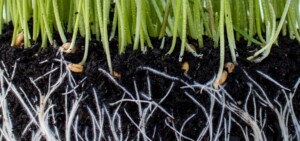
Three Types Of Cannabis Pots
The most used pots for weed plants are the regular plastic flowering pots you can find in your typical garden center. Another very common thing is earthenware pots. There are also specialist pots made of textile and advanced ‘air pots’ with bigger openings. We’ll give you an overview of the different kinds of cannabis pots and their pros and cons.
Plastic And Ceramic Pots
You can buy plastic pots everywhere, so as a novice grower that’s the most logical choice. They are very affordable, available in many different sizes and easy to work with. When you’re growing more than one plant, it’s useful to buy square cannabis pots. You can put them closely together, so you can use the available space efficiently. This is especially practical with an indoor grow in a small grow tent or grow room, but also outside in a small garden or greenhouse.
The advantages of plastic pots are pretty obvious. Unfortunately, there are also some disadvantages. The roots of weed plants that grow in plastic pots will keep on growing, until there’s not enough space anymore. The roots huddle together on the bottom of the pot and can eventually smother each other. Sometimes water is left standing in the pot, which causes the roots to rot. So, it’s very important to repot your plants on time. You can see it’s time when the roots are visible through the holes in the bottom of the pot.
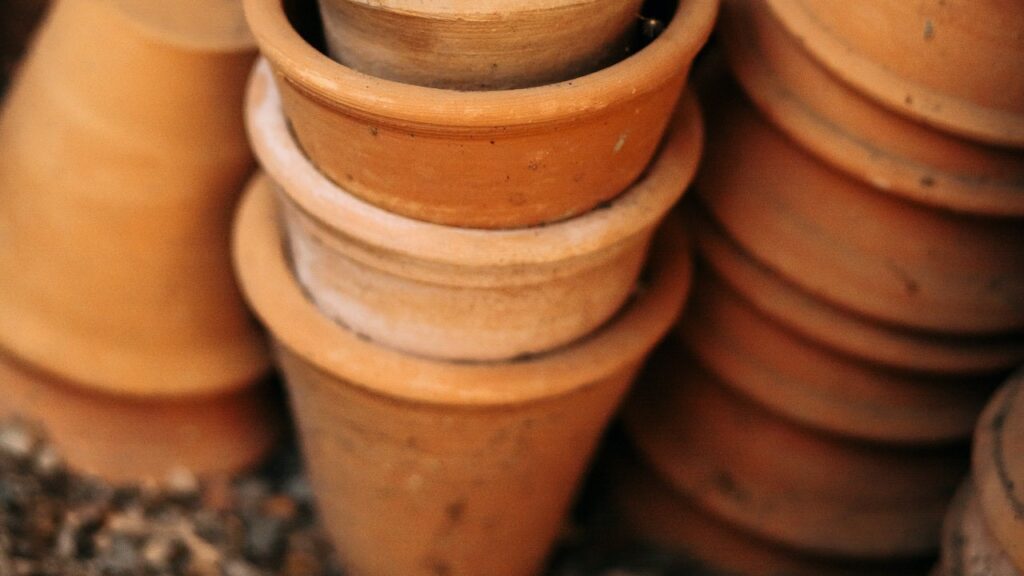
Ceramic cannabis pots are similar to plastic flowering pots. However, the temperature regulation of ceramic pots is way better than the plastic ones. In bright sunlight they provide more protection to an outdoor grow. On the other hand, they drain water less efficiently and they are more fragile and heavy. This makes the pots more inconvenient and a little less suitable for growing weed plants.
Fabric Cannabis Pots
Tex犀利士
tile or fabric pots are very popular for growing cannabis. These lightweight cannabis pots provide a lot of ventilation, which is very much appreciated by the roots of cannabis plants. The bacteria in the soil get a lot of oxygen, so your plants can absorb more water and nutrients.
Another advantage of fabric cannabis pots is that the roots, when they keep on growing, won’t bump into a plastic wall, but against air. When that happens, the tip of the root will dry out and dies. The roots basically prune themselves and we call this ‘air trimming’. This stimulates the roots to spread more evenly throughout the pot and prevents them from getting tangled up or ‘rootbound’.
Furthermore, the ventilation in the pot prevents the soil from getting too moist, so the chance of rot gets diminished. However, the soil does dry out quicker, so you have to water your plants more frequently. Textile pots are definitely a good option for growing weed plants, because of all these advantages.

Air pots
Air pots are relatively new. They are plastic pots with holes in the sides. This means that these cannabis pots also offer the advantage of air trimming, just like textile pots, and help to prevent a lack of space for the roots. Using air pots is very attractive: plants grow very well in them and there’s a lot less chance of rotten and molded roots.
The only thing is that you can’t use normal soil in air pots. When you water the plants, more and more canals form, which makes it very hard to moisturize the soil evenly. You can choose to use coconut fiber in the pots. This is a light medium and ensures a good drainage.
The disadvantages of these pots is that the soil dries out quickly, so you’ll have to water the plants more often. Air pots are more expensive than both plastic and textile pots. But, when you can afford them, air pots may be the best choice for weed plants.
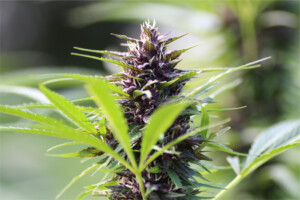
Different Cannabis Pots For Indoor And Outdoor Grows?
Now, maybe you’re wondering which types of cannabis pots are the most suitable for growing weed seeds outside, or rather inside. Generally you can use all pots both inside and outside. For an outside grow, plastic, textile and air pots are good options. However, you could also go for terracotta pots. They are heavy though, so difficult to move. But especially when temperatures rise extremely, terracotta can regulate the temperature in the pot very well. And that can be an important advantage.
For an indoor grow you can also use the three pots we mentioned above. You now know the pros and cons. All three types of pots an also be used in a grow tent.
How Big Should Cannabis Pots Be?
Obviously, the size of the cannabis pots also matter. Choosing the right pot size is the first step towards a successful yield. Now that you know the advantages and disadvantages of plastic, textile and air pots, it’s time to choose the right pot size. The size determines the amount of space for the roots.
After germination, the weed plant starts as a little seedling (from seeds or cutting) that makes its first taproot. From here on, the small plant develops little roots that grow bigger and bigger until a beautiful network of roots has developed, which makes sure the plant above ground can grow healthy and strong. Without this strong root system the plant can’t grow very well during the vegetative phase. And what do the roots need? First of all they need space. As you’ve read before, a lack of room causes the roots to entangle and smother each other. This can lead to a shortage of nutrients and a smaller yield.
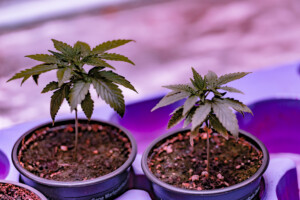
Choosing the right pot size can make all the difference. You can use these guidelines:
Put a seedling into an small pot of 0.5 liter. After a couple of weeks you’ll start to see the roots growing from of the bottom of the pot. This is the moment they will need a bigger pot. Generally this takes around 4 weeks. Your little plant is ready to be transplanted a pot of 6 to 8 liters. The plant can start growing now. 1 week before the plant starts to flower you can always repot again. These pots should be 18 to 25 liters. This way, the plants get enough time to adjust to their new pot, after which they will start flowering and hopefully grow beautiful buds.
Cannabis Pots For All Weed Seeds And Plants
Like you can see, choosing the right type of cannabis pot totally depends on your own preferences, budget and grow technique. Fortunately, our web shop provides every first class weed seeds you could wish for, so we’re sure you’ll find the right pot to go with them!
Order The Best Seeds For Every Pot
Do you want to learn more about the best way to let your weed seeds grow and flower? Our blogs provide more detailed information about important techniques, weed strains and the grow materials you need for indoor or outdoor grows!








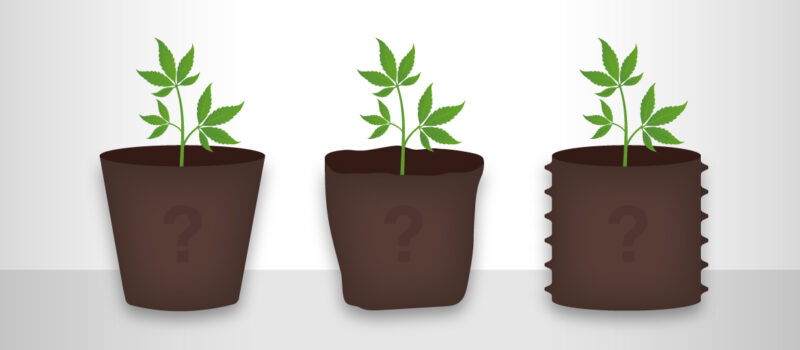

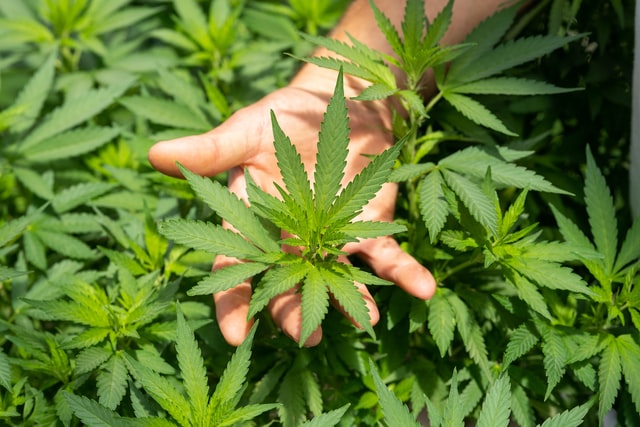
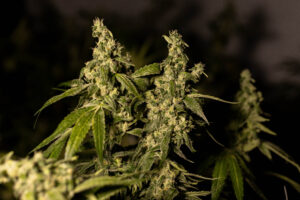
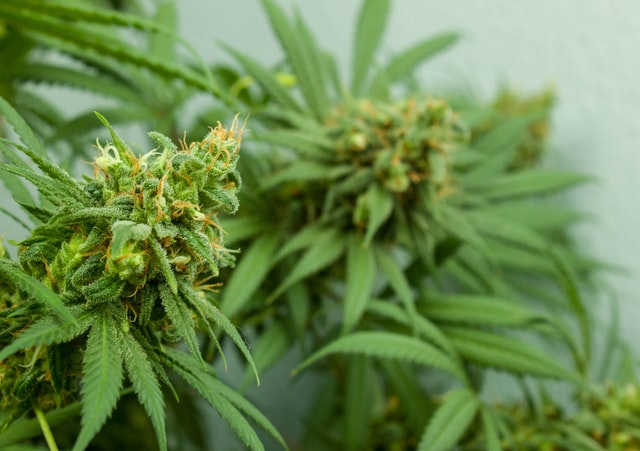

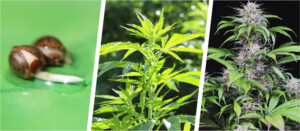

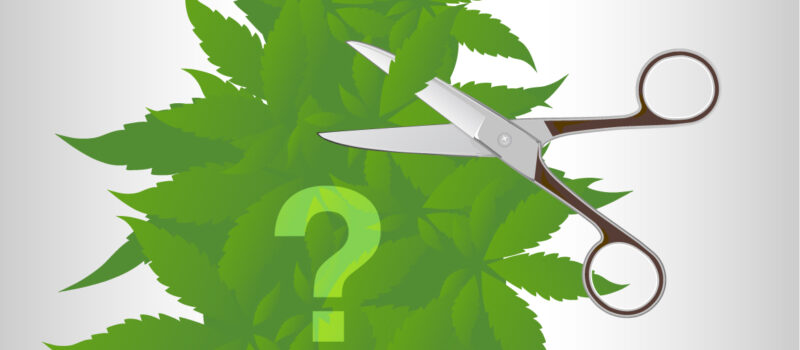

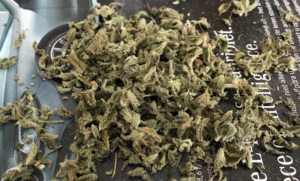
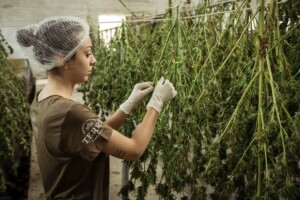

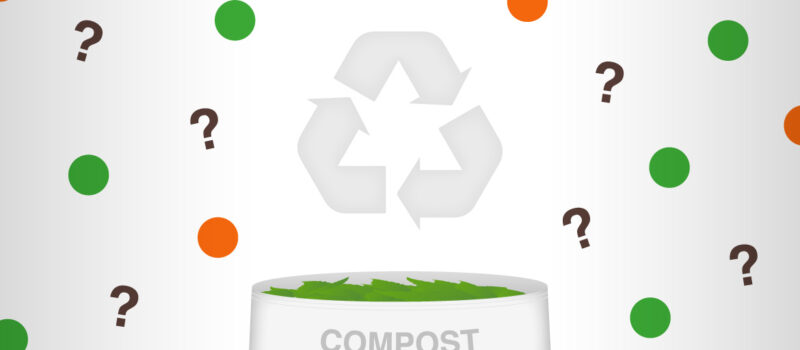
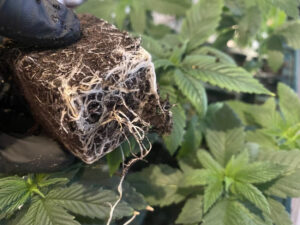
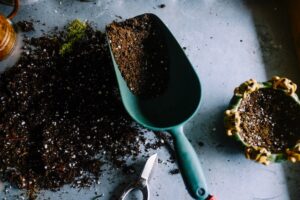


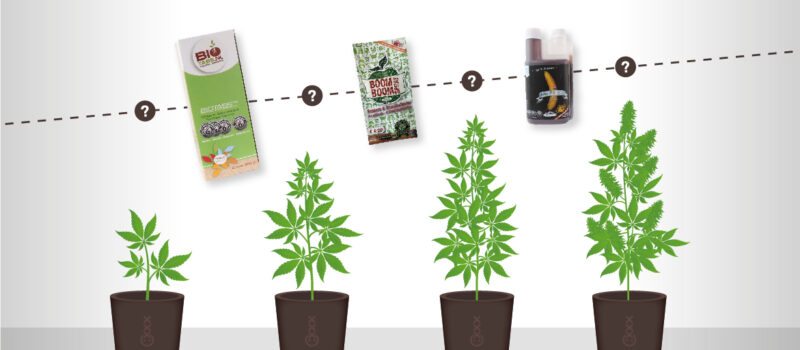
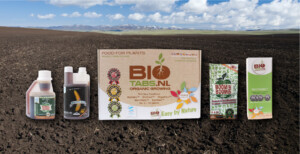
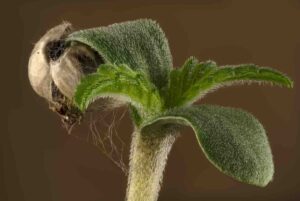 Read our blog about the
Read our blog about the 